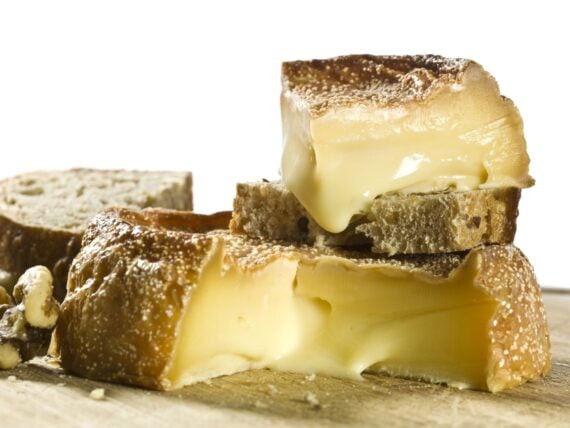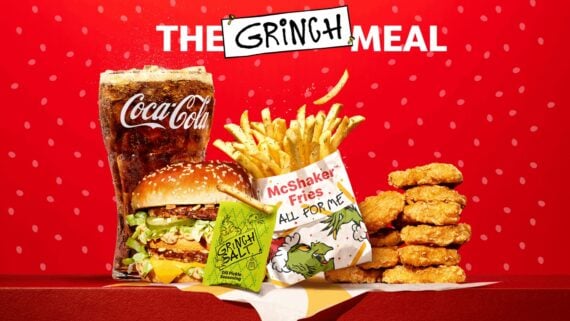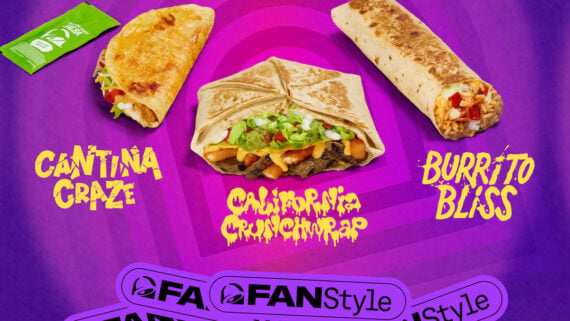If you’re a cheese lover, you likely already know that the cheese world is full of surprises. There are rich creamy brie styles, crumbly clothbound cheddars, piquant blues, and everything in between, including “stinky” or “funky” cheeses. Those are often “washed rind” styles that have been rubbed down or “washed” in a culture, brine, or alcohol as they age to bring out meaty, sometimes almost bodily aromas. (Luckily, the flavor is almost always milder than the aroma.) They’re often oozy and runny, which is delightful if you’re a soft cheese lover, and there are a few of those on this list — but also some delightful weirdos. Look for blue cheeses so strong they’ll practically numb your tongue, one so smelly it’s rumored to be banned on the Paris metro, and another with live insects inside.
Prices and availability are subject to change.
Related: Alluring Cheese Shops Across America
Torta Del Casar

Torta Del Casar hails from the Extremadura region of Spain. It’s a rare, oozy sheep milk cheese, coagulated with dried cardoon thistles steeped in hot water. When it’s young, it smells like preserved lemon and hay. When it’s older, it smells like a sheep pen. It’s wonderful with a Rioja wine or chorizo.
Related: Traditional Hispanic Foods Most Americans Don’t Know About (but Should)
Limburger
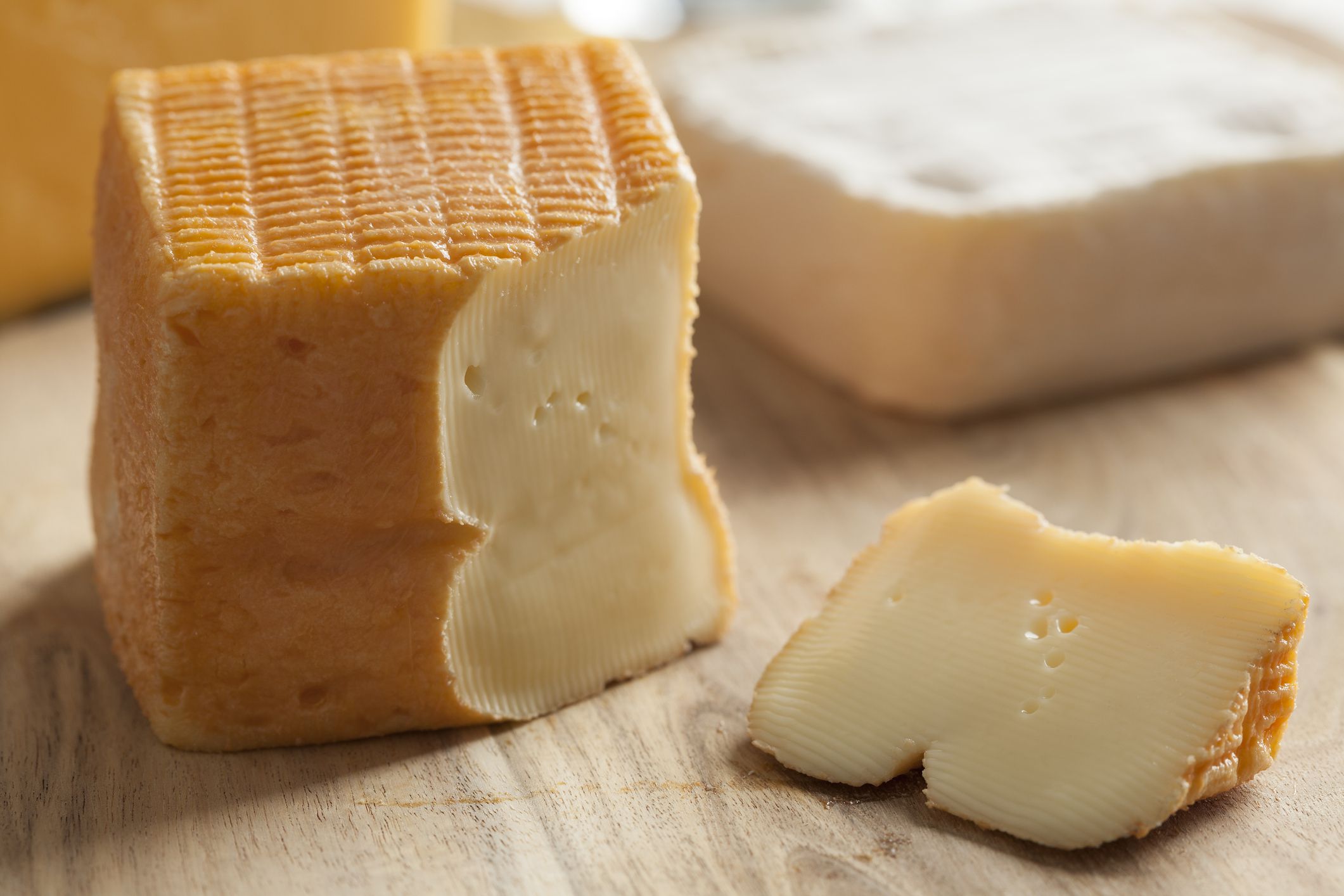
Famous for being one of the most pungent cheeses in the world — an early 2000s study showed that the malaria mosquito is attracted equally to the smell of Limburger and the smell of human feet — Limburger is originally from Belgium, now with a few (excellent) copycats made elsewhere, including Wisconsin. In fact, the Wisconsin version made by Myron Olson at the Chalet Cheese Cooperative is now famous in its own right. Another washed rind cheese, Limburger smells of body odor and worse bodily smells. It’s traditionally paired with rye bread, raw onion, and mustard for a “Limburger sandwich” and is great with a dark ale.
Related: Beloved Local Eats That Can Be Shipped to Your Doorstep
For more fun food trivia and grocery tips, please sign up for our free newsletters.
Stinking Bishop
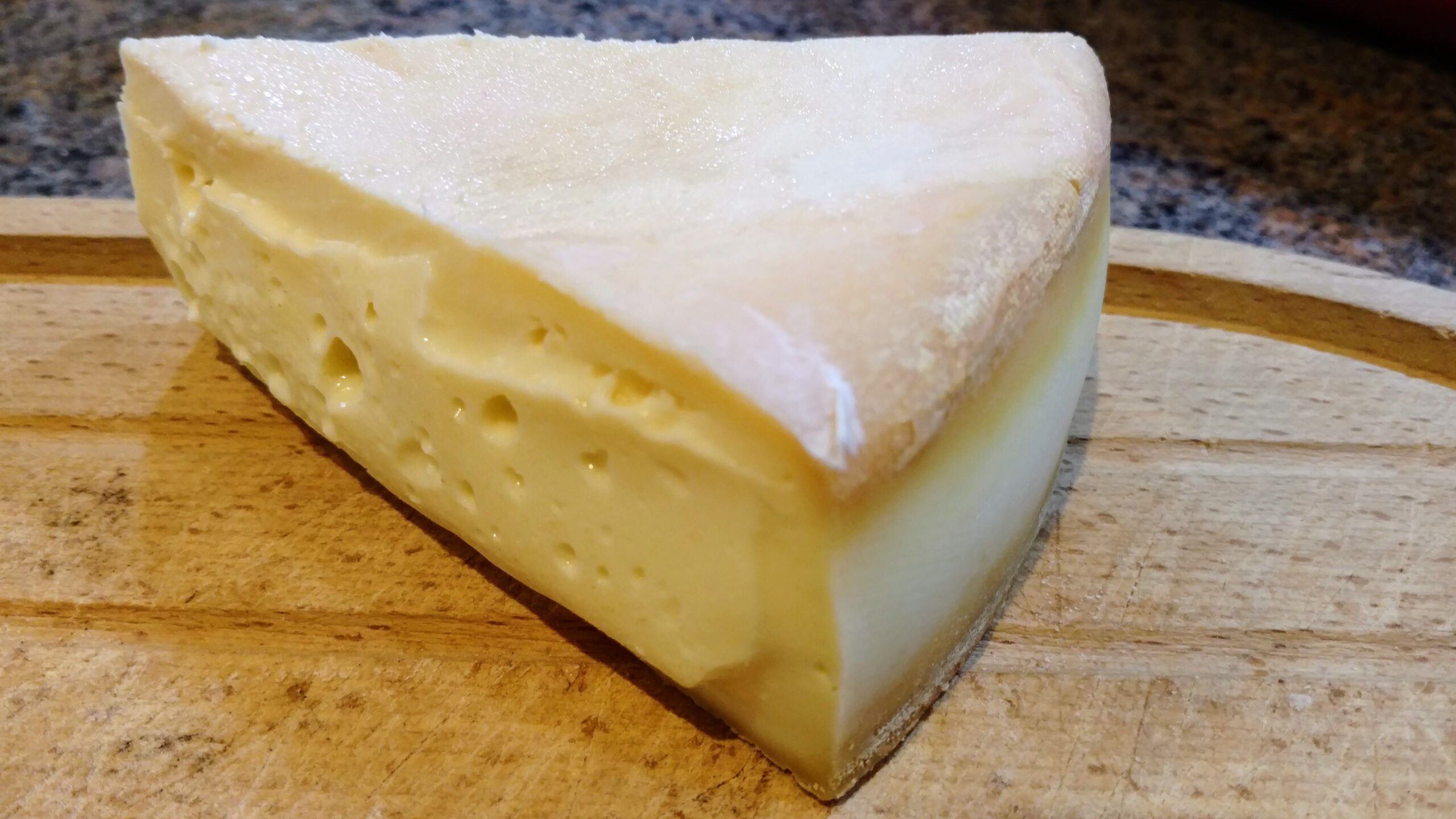
Stinking Bishop’s pop culture moment of fame was when it revived the passed-out Wallace in “The Curse of the Were-Rabbit,” a 2005 Wallace & Gromit animated movie. Pungent as can be, this British cheese is washed in perry, a cider made from the Stinking Bishop pear. It has aromas of unwashed feet and moldy washcloths. It’s hard to find in the United States, but if you do find it, it will likely cost more than $30 a pound.
Related: Best Restaurant Scenes In Classic Movies And TV Shows
Casu Marzu
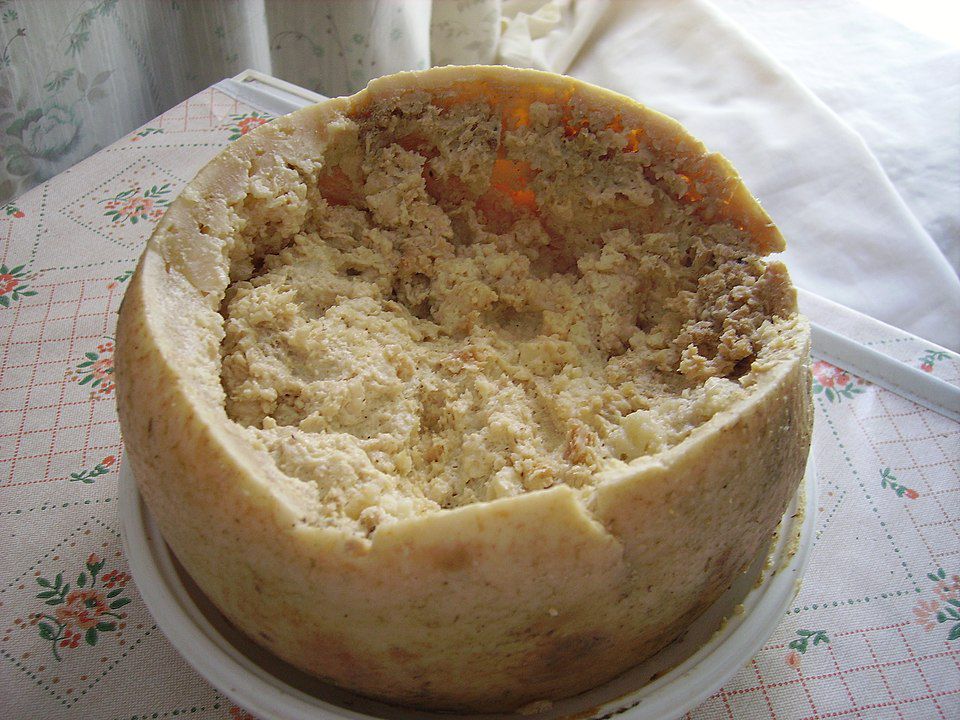
Perhaps the most infamous cheese on the list, Sardinian Casu Marzu is made when pecorino cheese is left out to rot and flies lay their eggs in it. Once those eggs hatch into maggots, Casu Marzu is also born. (Eww.) Thanks to the maggots making their way through the cheese, it becomes soft and creamy. The aftertaste is said to last for hours. It’s banned from commercial sale and has been called “the world’s most dangerous cheese.”
Related: Utterly Disgusting Things That Are Surprisingly Useful
Donkey Cheese
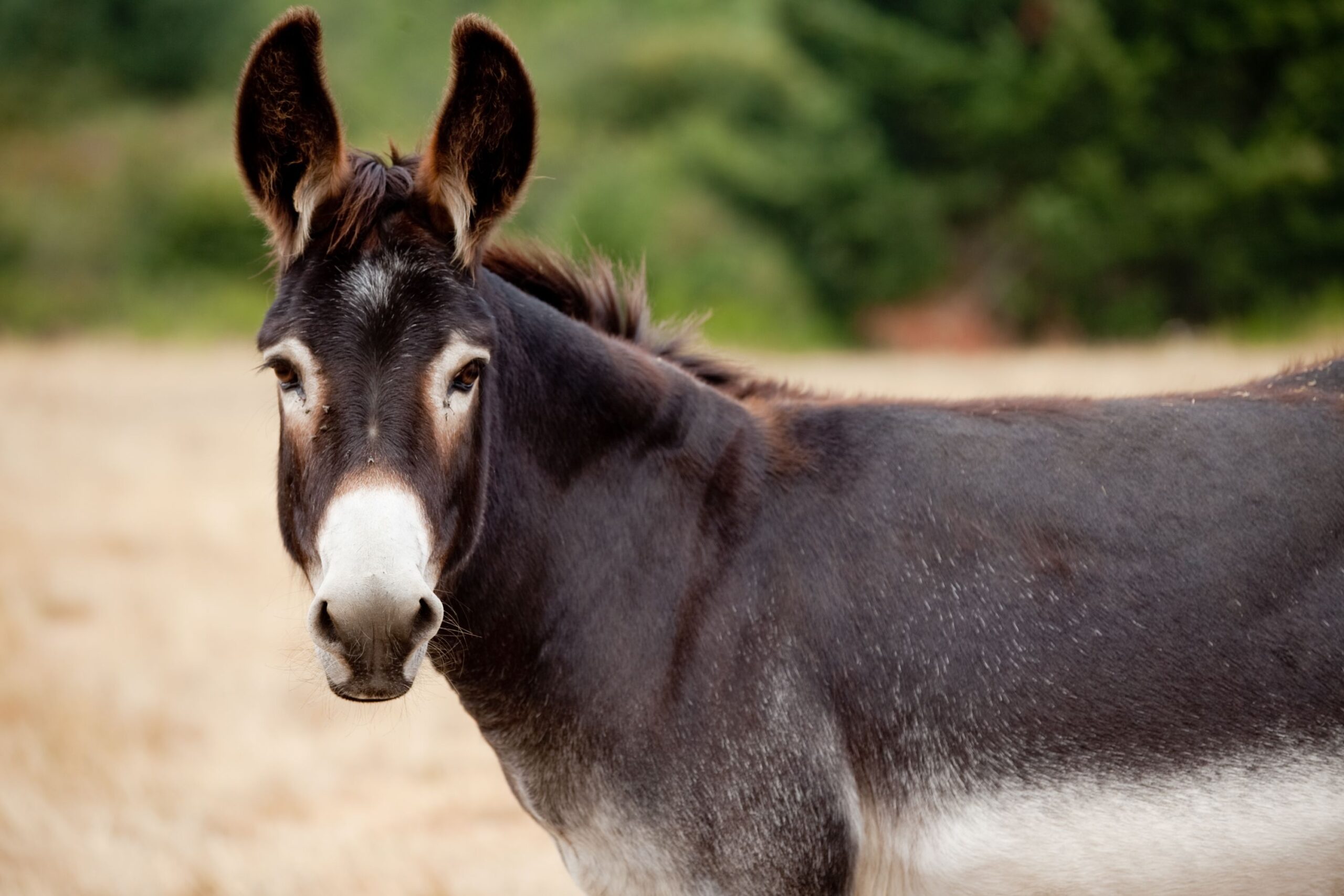
Believe it or not, the world’s most expensive cheese is made from donkey milk. Why $1,700 a pound? It’s not necessarily that it tastes the best (it’s tasty enough, just a little gamy) or is the fanciest, but it’s extremely hard to milk donkeys on a large scale. It must be done by hand, and donkeys don’t make much milk relative to their body weight — and the fat and protein composition of their milk even makes it less suitable for cheesemaking. If you want to try donkey cheese, the least expensive option is probably buying a ticket to Serbia and heading straight to the farm.
Related: Bucket List Destinations for Foodies
Trending on Cheapism
Durrus
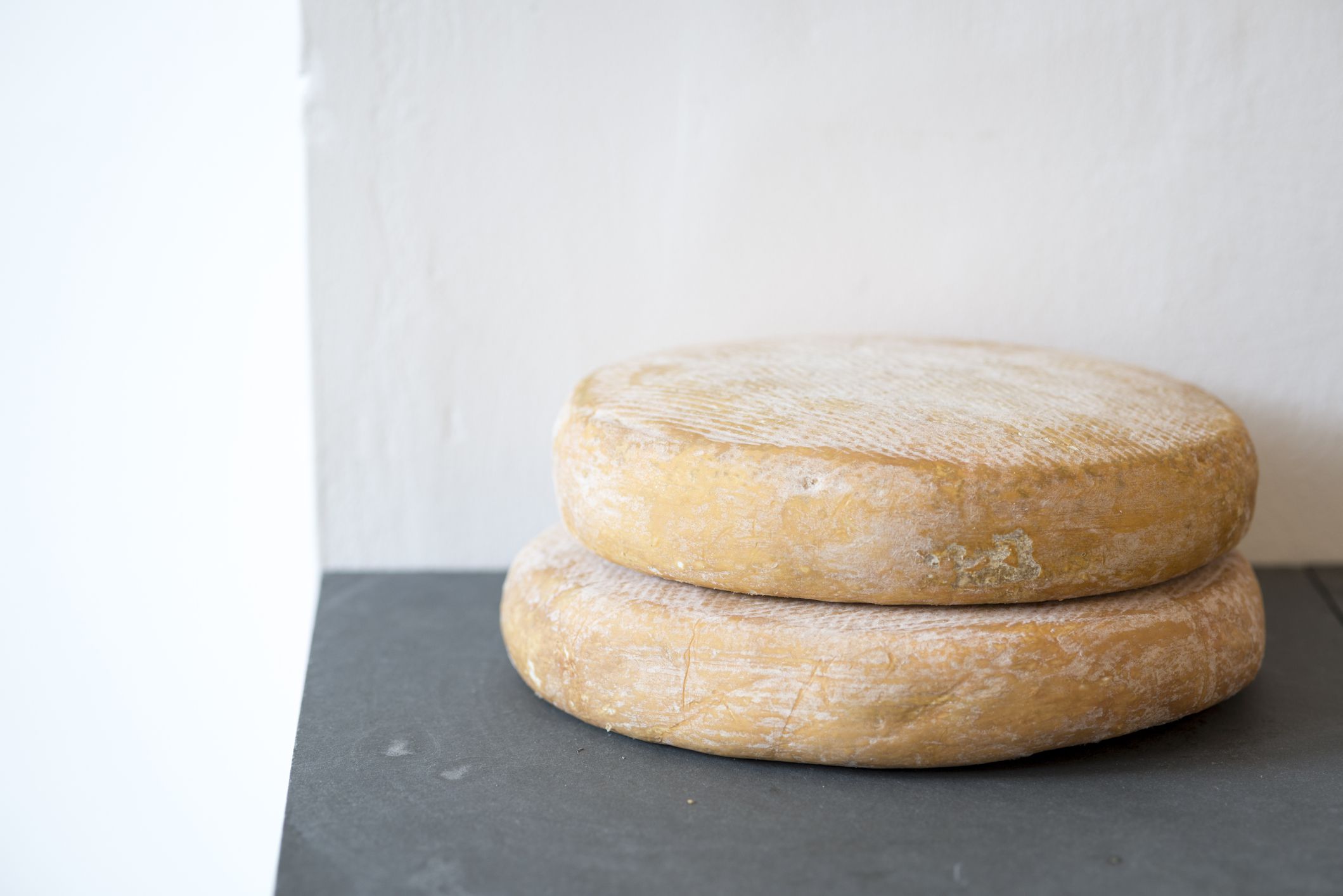
Durrus, from West Cork, Ireland, is in that funky washed rind family — it’s washed with brine up to five times a day as made by Jeffa Gill of County Cork. (The curds are even cut a specific way, Culture magazine says.) It’s grassy, fruity, and tastes almost like unsweetened cocoa powder near the rind. It’s hard to find in the states, so best to head straight to Ireland for this one.
Related: Free Things to Do in Ireland
Valencay
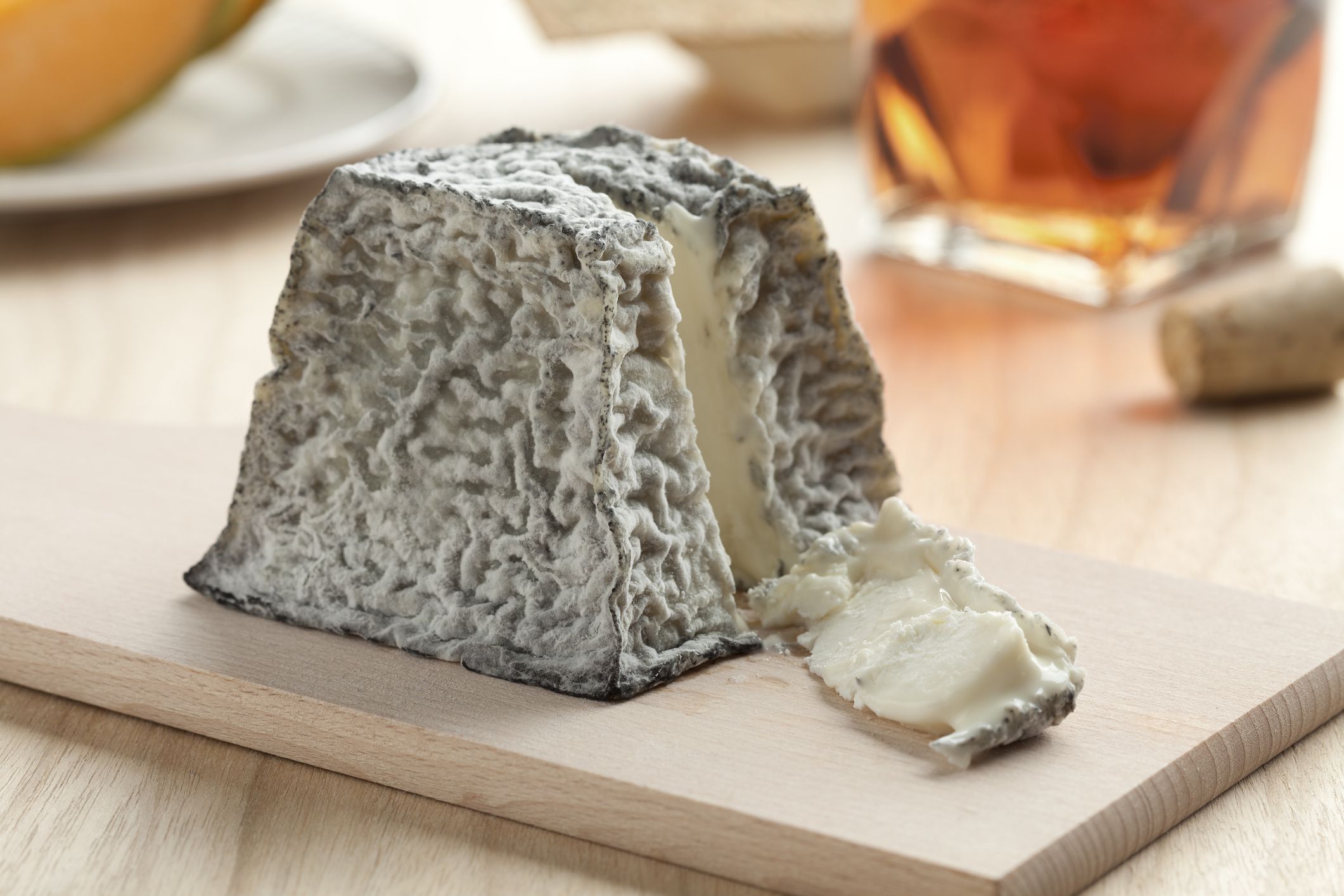
Related: 50 Facts You Learned in School That Are Actually Lies
Epoisses

Rumored (falsely) to be banned on the Parisian subway system, Epoisses is a stinky washed-rind cheese made in Burgundy, France. It’s said to have been one of Napoleon’s favorite cheeses. Washed in brine and the local brandy, Epoisses comes in a small circular wooden box and can smell like unwashed socks, a filthy stable, or even body odor. Luckily, it tastes like bacon custard. Dip baguette or cured meat directly into the oozy cheese for an umami-rich feast for $20 to $30 a pound.
Related: Big Mistakes Every Novice Traveler Makes and How to Avoid Them
Sign up for our newsletter
Gjetost
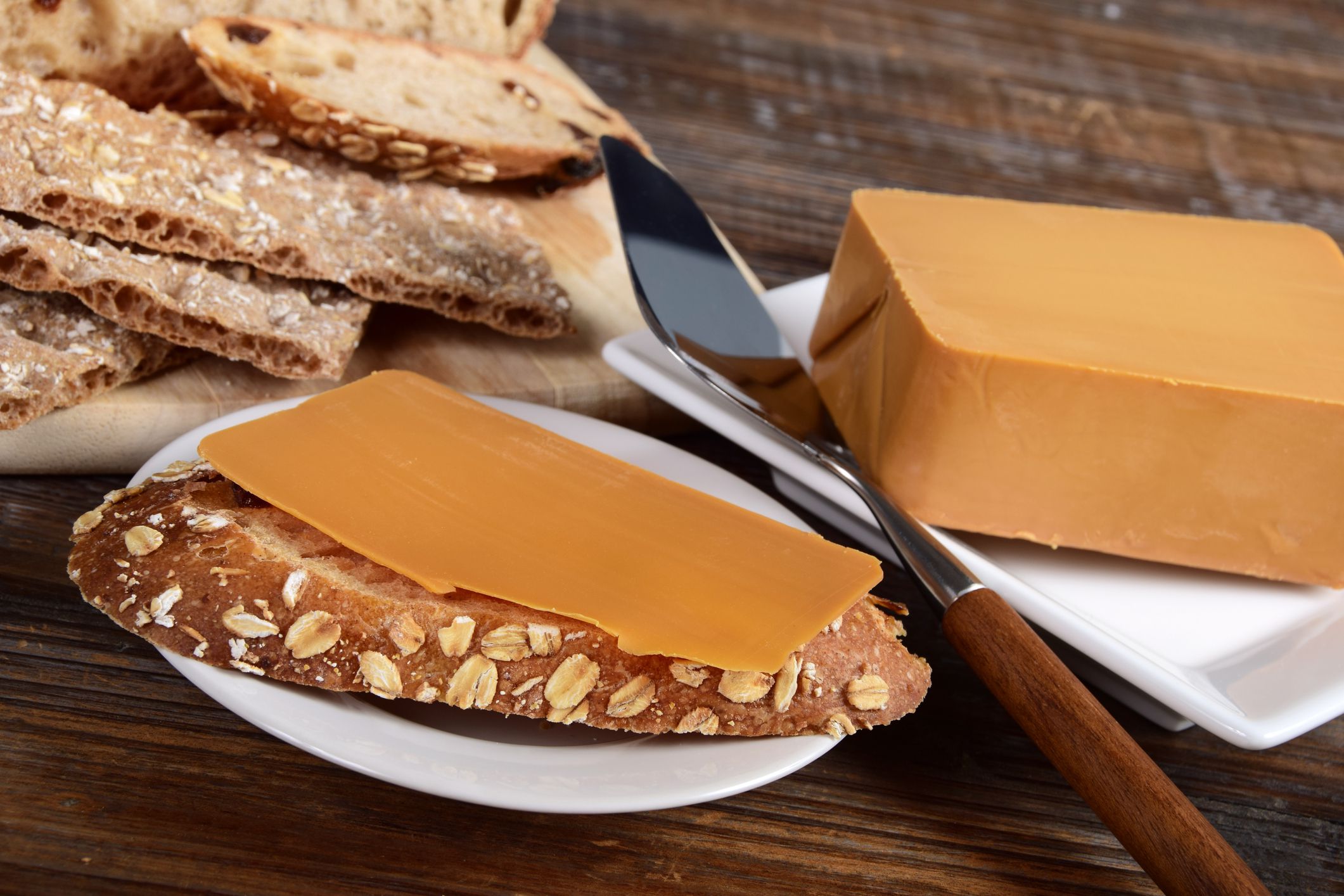
Munster
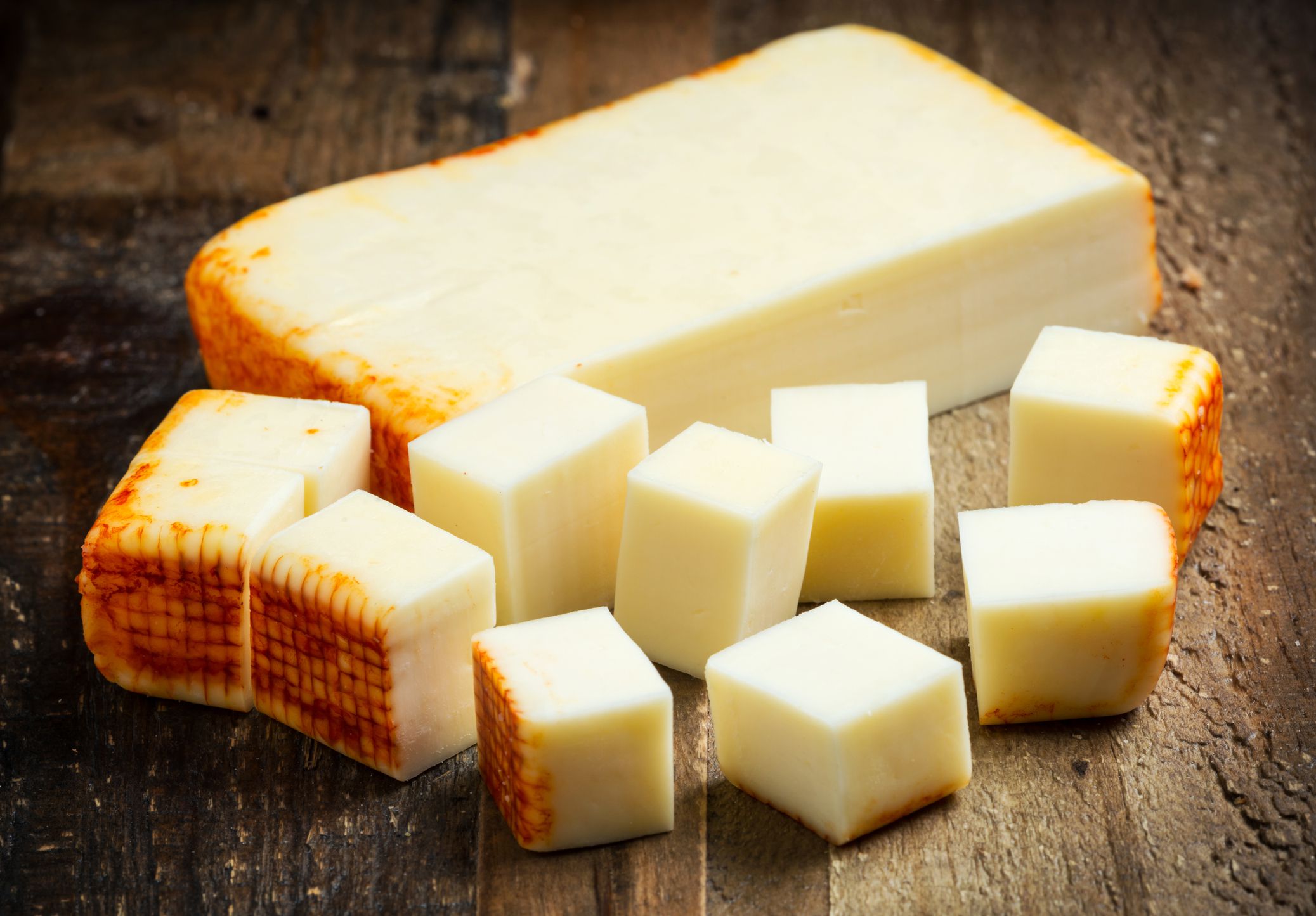
No, not that kind of Munster. The original Munster was made by monks in France’s Vosges Mountains. Another oozy washed rind cheese, Munster is now a name-protected cheese whose exact flavors and aromas vary slightly by who makes it and in which season. That said, it is always assertive. You can buy it online, though you should probably apologize to the delivery person when they drop it off — it’s a smelly one!
Related: Ways to Make an Ordinary Grilled Cheese Extraordinary
Cabrales
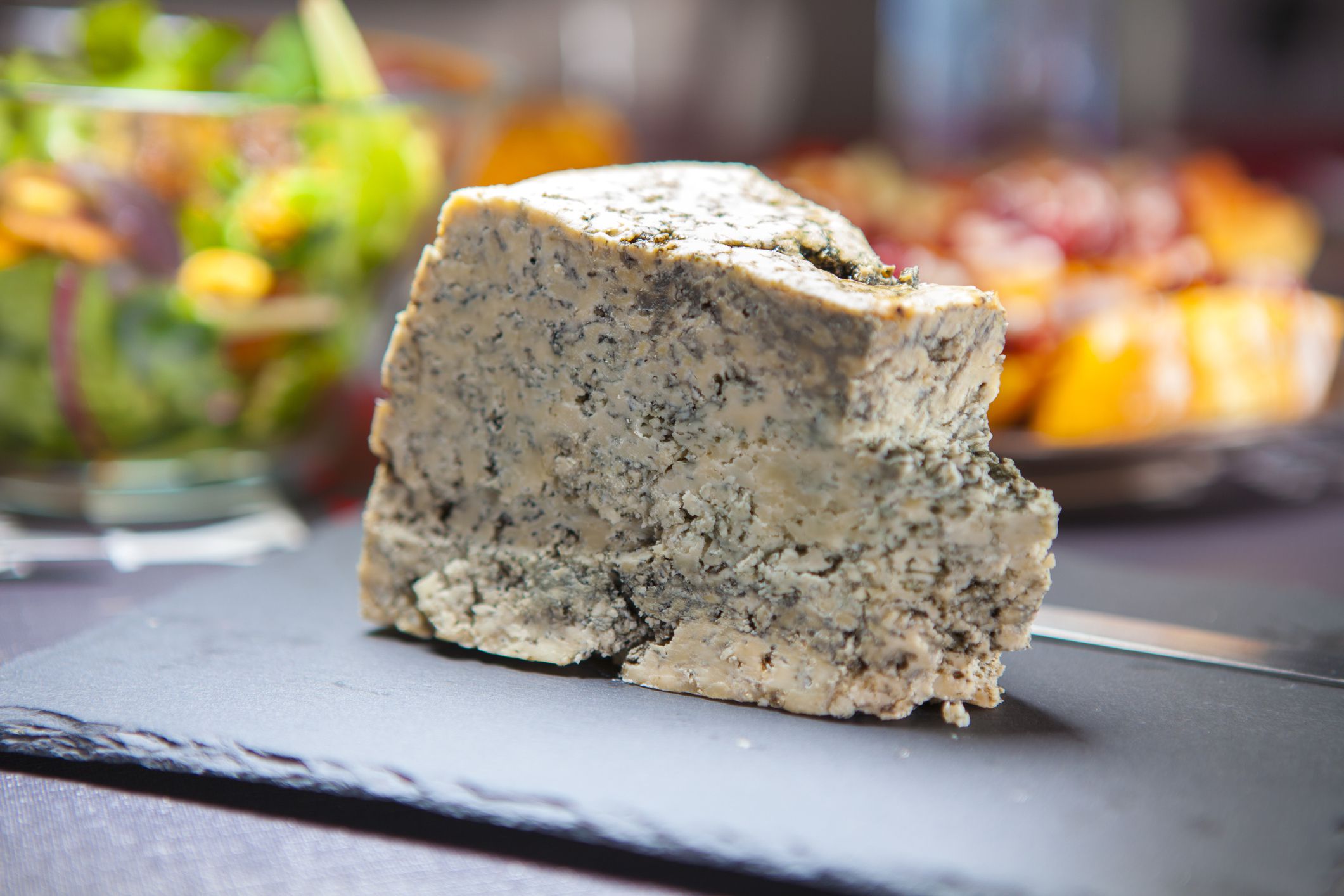
Cabrales is made in Asturias, Spain, and is famous for its spicy, acidic, assertive flavors that can leave your tongue numb for a few moments after eating. It can be made with just cow milk, but sometimes has goat or sheep milk blended in, which adds to its punchy flavors. Traditionally, it was wrapped in Sycamore Maple leaves, but tends to be wrapped in leaf-printed foil for the modern market, sold for anywhere from $25 to $40 a pound.
Related: The Spiciest Foods Around the World